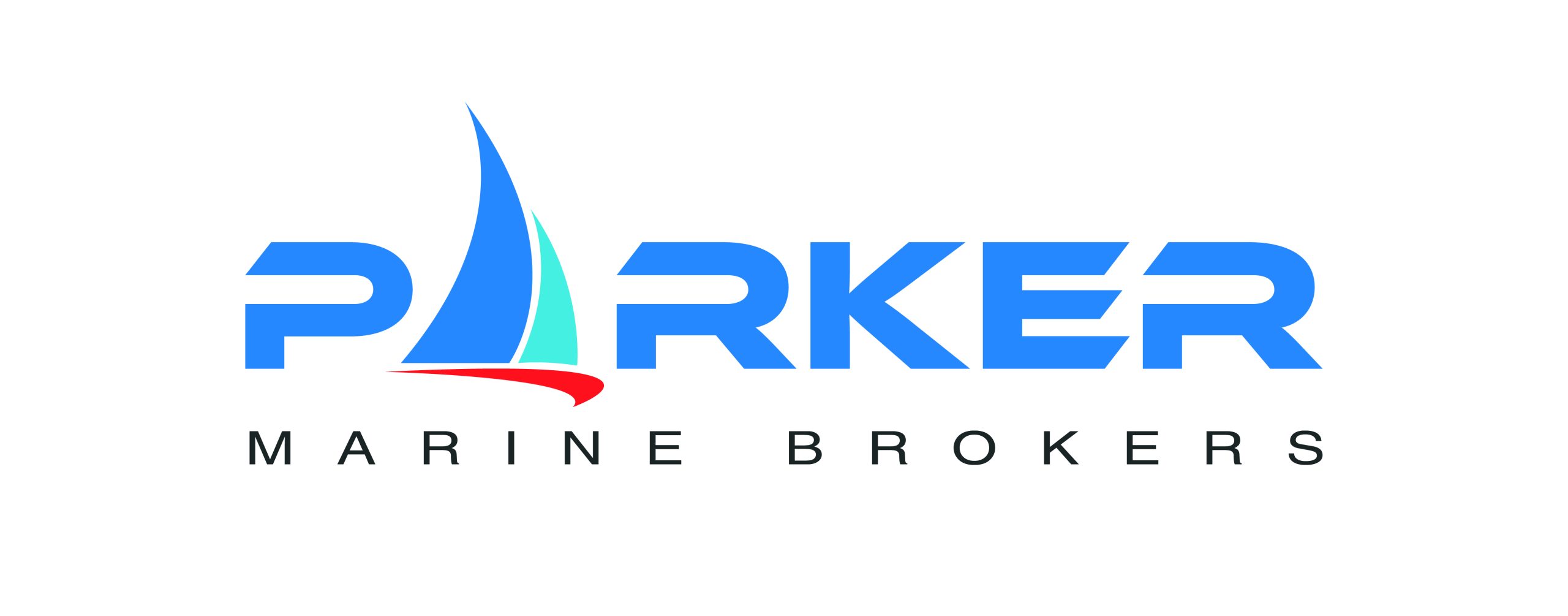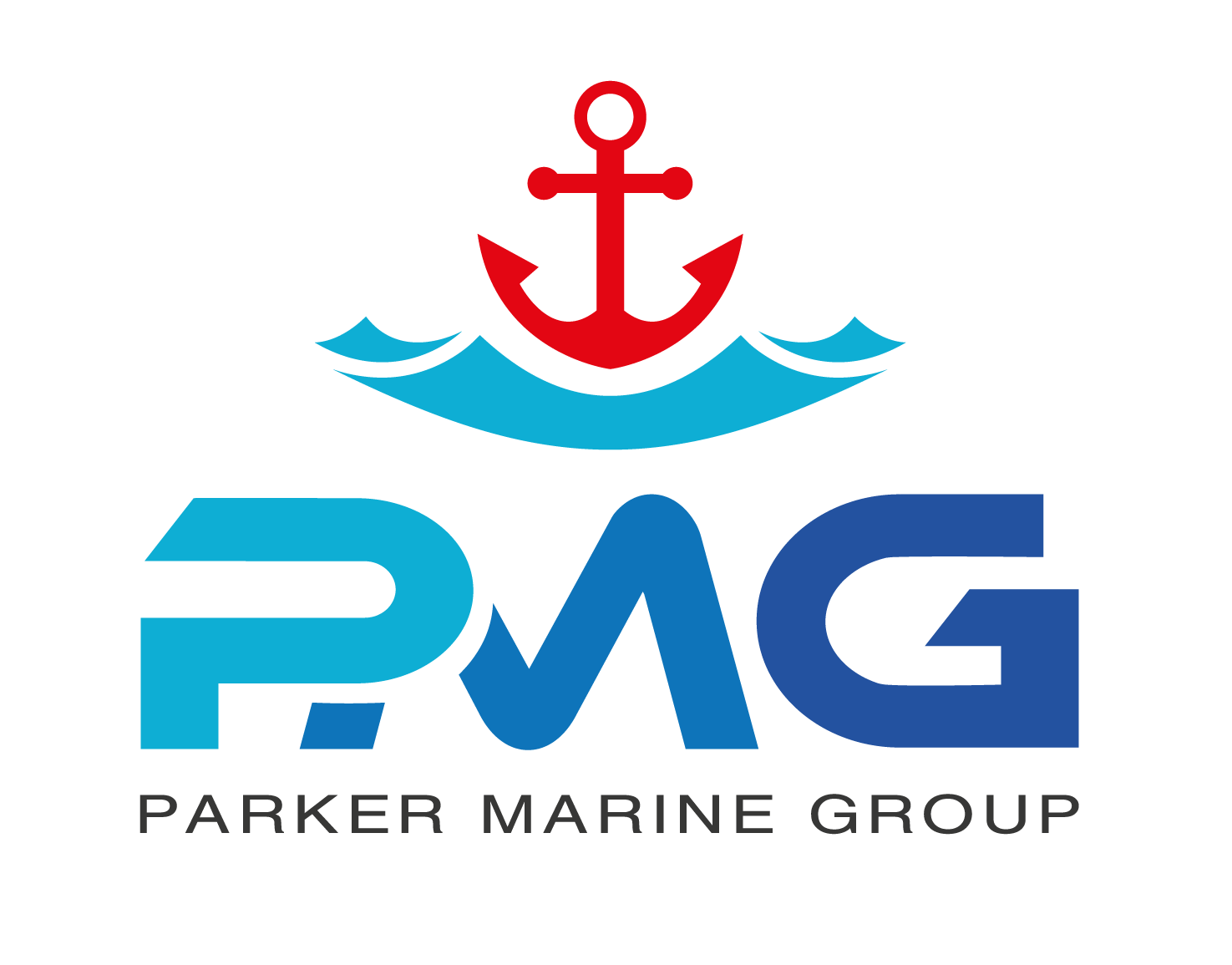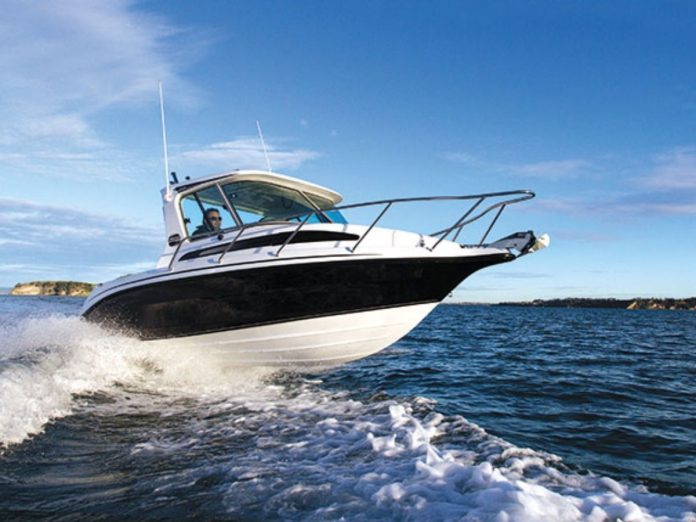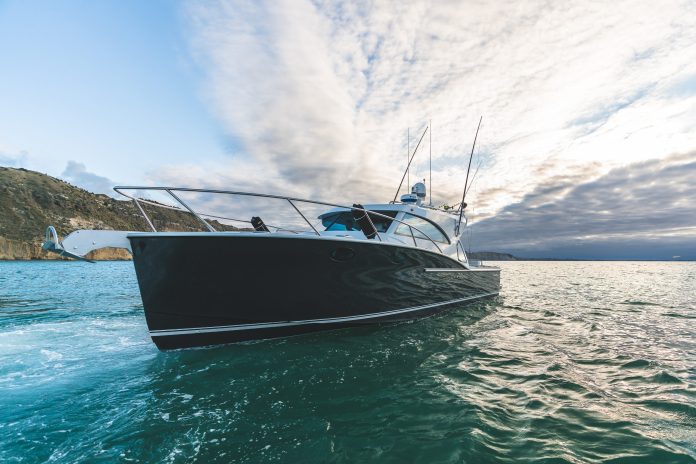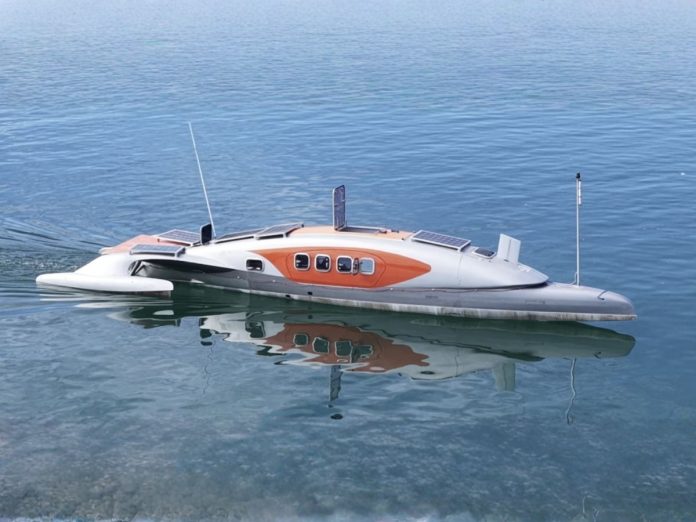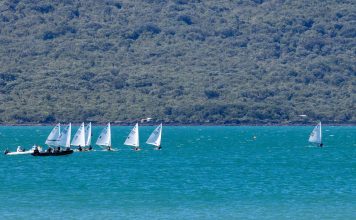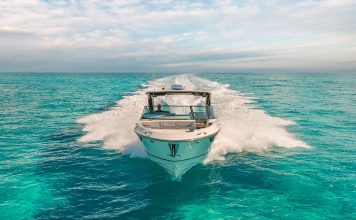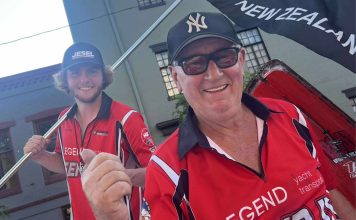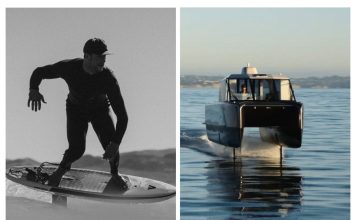Among bluewater cruising yachts, few names hold the enduring gravitas of the Oyster 53. Designed by Rob Humphreys and built between 1999 and 2008, the 53 quickly earned a reputation as one of Oyster Marine’s most successful designs—fifty-two hulls launched, each designed to carry its owners across oceans in comfort, style, and confidence.
In New Zealand, the story of the 53 takes on a local flavour. Auckland’s McDell Marine (founded by Kim McDell in 1977 but stopped activities in 2019) built several Oyster 53s under licence in the mid-2000s, including Southern Aurora which was recently sold by 36 Degrees Brokerage. Launched in 2003, she not only dominated the New Zealand Oyster Regatta but later proved herself as a capable circumnavigator, averaging 180nm per day on a recent passage from Tahiti to Fiji. With only one owner and never chartered, her pedigree is testament to the 53’s combination of performance and durability.
At 16.4 metres LOA with a displacement of 22.25 tonnes, the Oyster 53 was designed for long-haul cruising. But she wasn’t slow. Owners routinely report consistent 200nm days, aided by a powerful cutter rig, robust hull construction, and balanced helm under sail. With a high-performance bulb keel, skeg-hung rudder, and semi-custom build quality, the 53 hits that rare sweet spot—solid enough to inspire confidence in a storm, light enough on the helm to sail short-handed, and refined enough down below to feel like home.
The layout below decks reflects this versatility. The 53 was the smallest Oyster to offer a four-cabin arrangement—a notable milestone that made her suitable for extended cruising families or those travelling with crew. The raised deck saloon, with its panoramic superglass windows, brings natural light into a saloon finished in fine joinery and chequer-board teak parquet floors. Galley and nav station spaces were laid out with passagemaking in mind, and many boats—like the New Zealand-built examples—were equipped with watermakers, generators, air con, bow thrusters, and electric winches to ease long-distance life aboard.
Sail handling reflects a transitional era in yacht design. Some boats featured in-mast furling with hollow-leeched mainsails, others—like Southern Aurora—were fitted with in-boom furling and a detachable inner forestay. Most came with electric winches and modern navigation electronics, giving owner-drivers confidence even when double-handed or in unfamiliar ports.
Oyster’s approach to construction was famously no-nonsense. Solid GRP layup in female moulds, vinylester resin, bronze rudder footings, storm boards over windows, and serious tankage—up to 800 litres of fuel and 750 litres of water—made these boats ideal for going off-grid. The hull warranty was one year, but many 53s are still circling the globe today, decades later, without major structural work.
The 53 also has one of the most enduring reputations on the brokerage market. Prices have held up well thanks to that magic Oyster ingredient: residual value. Like other prestige marques, the 53 commands a premium, but owners are often able to recoup much of that on resale—especially when boats are well-maintained and outfitted for offshore voyaging.
So how does the 53 sit alongside today’s offerings, such as the recently launched Oyster 805? It’s tempting to see the 805 as an evolution—but it’s also a response. Lessons from four editions of the Oyster World Rally, along with feedback from owners of yachts like the 53, directly shaped the 805’s design brief. Simplified systems, more autonomy, smarter layouts, greater liveability with fewer crew—it’s not just a newer yacht, it’s a next-generation yacht informed by those who’ve gone before.
The Oyster 53 may no longer be in production, but she remains a cornerstone of the brand’s identity: elegant, rugged, ocean-proven. Whether racing in New Zealand regattas, island-hopping the Pacific, or taking the long road home, the 53 is still doing what she was built to do—sail far, sail well, and bring her crew home safe.










